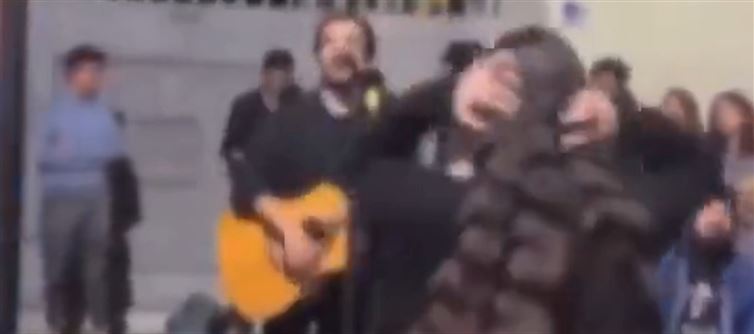
The significance of these seemingly simple acts cannot be overstated. In a country where every aspect of daily life is tightly controlled—from dress codes to what people can say, watch, or listen to—public displays of joy, autonomy, and rebellion serve as a direct rejection of the regime’s ideology. women burning their headscarves, young men and women dancing together, and families singing patriotic or secular songs are reclaiming their identity from a state that has tried to erase or repress it for over four decades. These acts are not just expressions of protest; they are declarations of ownership over one's own body, culture, and future, carried out with full awareness of the potential cost.
This level of defiance speaks volumes about the legitimacy crisis facing the Islamic Republic. When people are willing to face death simply to dance, sing, or dress as they choose, it signals that the regime no longer commands moral authority over its citizens—it only clings to power through violence and fear. The global community must recognize that the Iranian people are not passive victims but active resisters fighting one of the most brutal theocracies in modern history. Their courage should not only be acknowledged but supported. The regime that silences joy, criminalizes freedom, and punishes humanity for dreaming must be dismantled, and replaced with a system that reflects the will and dignity of the Iranian people.




 click and follow Indiaherald WhatsApp channel
click and follow Indiaherald WhatsApp channel